SRC Communications
Posts by this Author
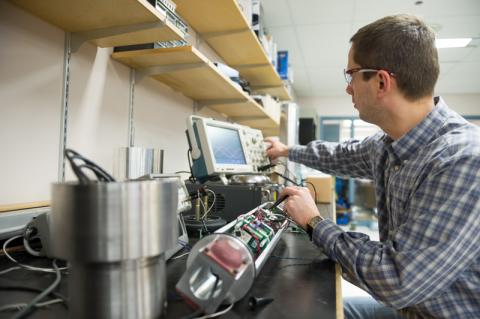
written by SRC Communications
In 2001, SRC set out to become more entrepreneurial, grow in breadth and depth, and include more work for communities (particularly northern and Aboriginal communities) and for government.

written by SRC Communications
The Orange Wheat Blossom Midge fly is a scourge on wheat producers around the planet. The Midge Tolerant Wheat Stewardship group is working together to protect and ensure the future of the technology that is the sole line of defense against the midge fly. Learn more.
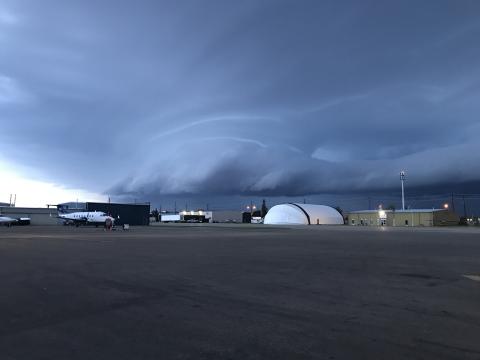
written by SRC Communications
and Suzanne J
Extreme summer weather can have significant impacts our economy, society and environment. We’re talking about hail, tornadoes, plow winds, no rain, hot temperatures - all of which can lead to flooding, drought, insects, diseases and forest fires. It’s important to prepare for these types of weather events, so we can reduce the impacts and become more adaptable.
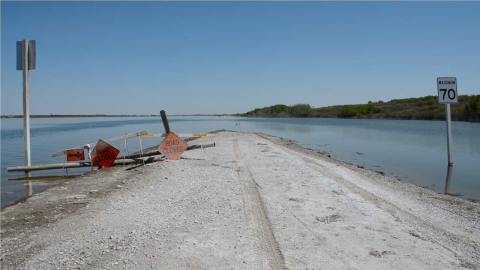
written by SRC Communications
This blog was written by former SRC employee, Virginia Wittrock. Every year, Saskatchewan faces the possibility of disaster stemming from natural hazards, such as severe weather, floods, drought and...
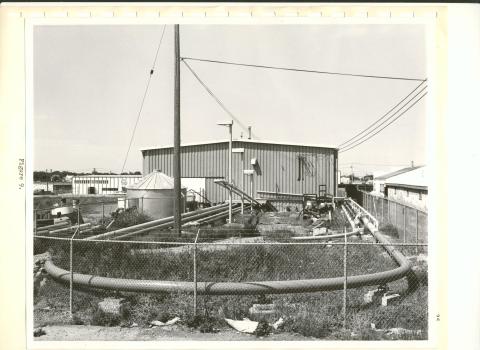
written by SRC Communications
SRC's Maturing Years were marked by growth in staff, facilities and equipment and a focus on applied R&D projects for industry and community needs. This led to the next phase of SRC's evolution, the Commercial Years, which were dominated by contracts with a mostly market-driven outlook, increasing SRC's revenue and importance as an innovation enabler for industry.
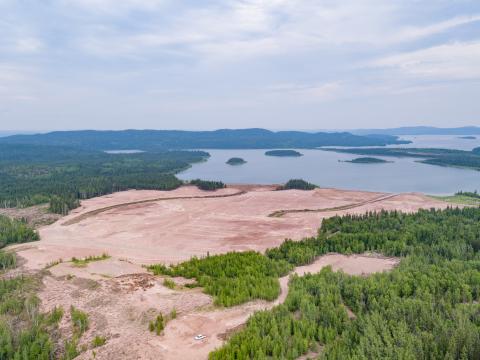
written by SRC Communications
SRC's Community of Practice was a vital resource during the Lorado Remediation Project, providing resources and expertise to the project team. Find out the two important roles project management and cross-divisional support played in the successful remediation of the Lorado Mill Site.

written by SRC Communications
It seems like almost every week across the world, there’s a major online security breach that puts the data of individuals and businesses at risk. Cybercrime is a growing concern and the threats and attacks aren’t always obvious to the untrained eye.
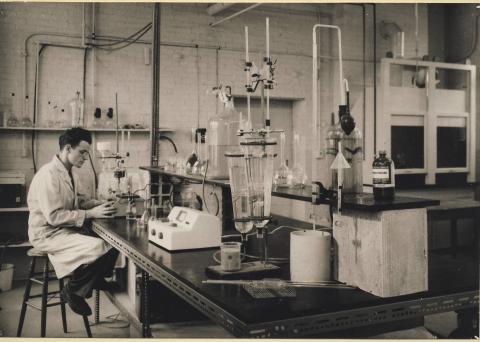
written by SRC Communications
Nineteen forty-seven was SRC’s first full operating year. The initial strategic direction for the company was to undertake applied research targeted at developing “the resources and economy of Saskatchewan.”

written by SRC Communications
We know that wetlands, both in Canada and globally, store huge amounts of carbon. While we understand it’s important to store carbon, reduce CO2 emissions and mitigate climate change, we’re also aware that we need a greater understanding of how best to measure the carbon stored in wetlands.
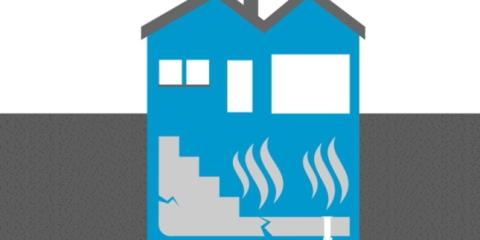
written by SRC Communications
Did you know that Saskatchewan has some of the highest rates of elevated radon in homes and buildings in Canada? Sandy Hutchison from Health Canada guest blogs about how people can protect themselves and their families from radon.
